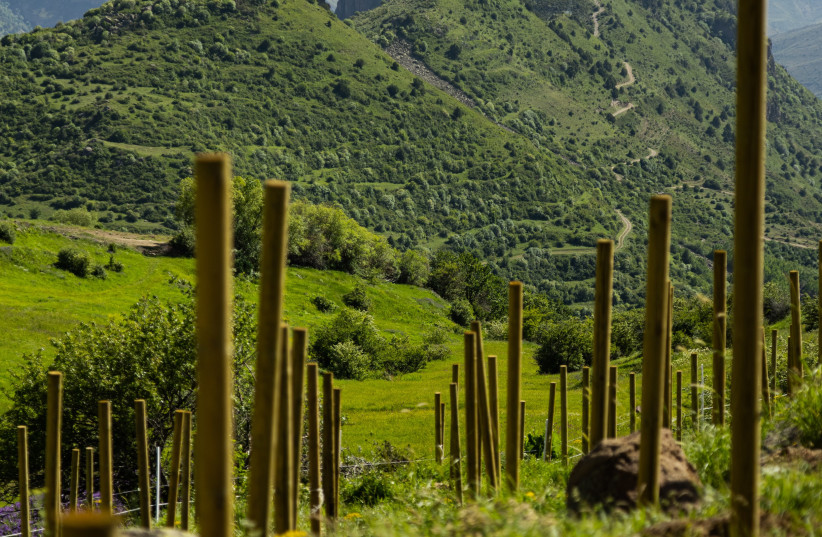When, where did humans begin making grapes into wine? - study
The researchers discussed the close relationship between humans and grapevines, which became a significant food source and winemaking ingredient.
Scientists now have a better idea of when and where wine was first distributed after conducting the largest-ever genetic analysis of grapevines.
In a peer-reviewed study published in Science, the researchers discussed the close relationship between humans and grapevines, which have been a significant food source and winemaking ingredient for major civilizations in Eurasia.
The study itself was a major international collaborative effort from researchers throughout the world. That made the research effort challenging enough, but the study authors noted that its difficulty was severely exacerbated by the COVID pandemic and resulting lockdowns.
Where Does Wine Come From?
Where were wine grapevines located before the spread of agriculture?
Grapes and wine hold great cultural and historical significance worldwide, playing important roles in religious rituals, important cultural behaviors and everyday life.
But despite this, experts have never been quite clear on when exactly humans first managed to make wine and how it spread.
In the past, researchers were under the assumption that the cultivated wine grapevine, Vitis vinifera, originated by domesticating the wild plant Vitis sylvestris in Western Asia, and that its cultivation happened before agricultural practices became part of different cultures. This is where all wine varieties are believed to have stemmed from as well.

The team of researchers – which included Israeli researchers Ehud Weiss of Bar-Ilan University; Elyashiv Drori and Oshrit Rahimi of Ariel University; and Sariel Hübner of the MIGAL Galilee Research Institute – pushed back on this assumption.
To figure this out, they generated a high-quality chromosome-level reference genome of the wild grapevine progenitor Vitis sylvestris and re-sequenced over 3,000 individual grapevine plant samples from wide geographic locations, including from wild and private locations. This even led to the discovery of previously undocumented varieties, especially from old vineyards in Armenia.
As a result of all this work, the researchers found that there were two main places for cultivated wine grapevines, one in Western Asia and one in the Caucasus region. These were separated by over 1,000 kilometers after the last glacier advance.
Despite the far separation, however, it seems that they were domesticated roughly around the same time by separate and unique cultures. Not only that, but wine and regular table grapes – meaning grapes one would eat by themselves – seem to have also been cultivated at around the same time, rather than one being cultivated before the other.
After this, the wine would move around with humanity. It would be the Western Asian cultivated wine grapevines that would make their way into Europe, North Africa, India and Asia. Over time, these would develop into their own distinct varieties of grapes and wine. The Caucasian wine, however, didn't disperse to nearly the same extent, centered mainly around the Caucuses and a bit into the Carpathian Mountains and Black Sea area.
What is notable about this is that the separate cultivation between the Western Asian and Caucasian cultivated wine grapevines occurred around 11,00 years ago, around the time of the advent of farming – which is around 4,000 years later than what others believed.
However, another significant finding from this study was the discovery some certain genetic factors. These play a role in domesticating grapevines, but they also could be utilized to further improve winemaking in general. These genetic factors can help winemakers make their vines more resilient to climate change, as well as to improve the overall flavor.

Pud says: If you are going to drink - please don't drive!
THIS PAGE WAS POSTED BY SPUTNIK ONE OF THE SPUTNIKS ORBIT BLOG


No comments:
Post a Comment
Stick to the subject, NO religion, or Party politics